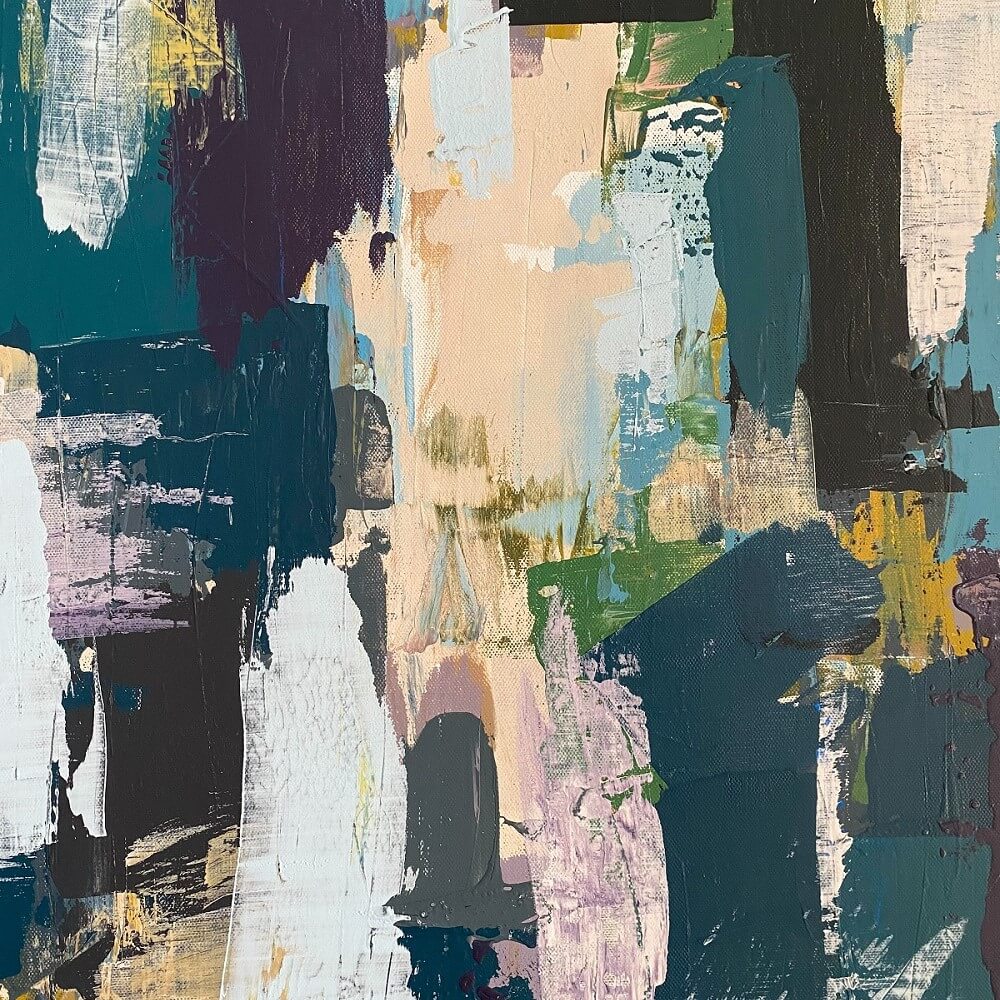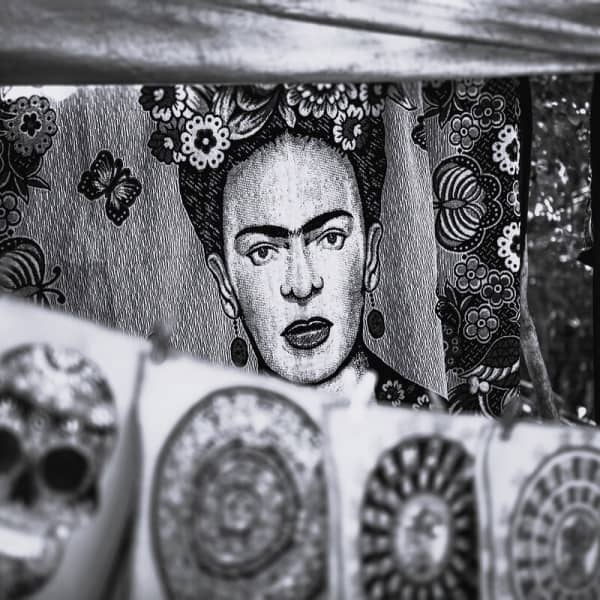The Popularity of Modern Art
Why is modern art so popular? It’s a question that often crops up in my mind. The most appealing pieces in our society are so abstract and yet somehow so captivating. Standing in a deserted gallery, in front of a canvas splashed with vibrant colours, I’m left wondering if there is some deeper meaning to it all, or whether I’m playing the part of the punchline in some elaborate practical joke.

In the pursuit of unraveling this mystery, I find myself watching many videos, reading many articles, and of course, experiencing more modern art (maybe that’s the point, I think to myself). Those in the know would have us believe that abstract, modern art is there to challenge convention and break the norms - push boundaries and encourage us to decipher their true meanings. We as the observer are invited to be a more active participant in the piece, sparking conversations and debates, and bridging the gap between artist and audience.
Or it could all just be a load of rubbish.
I think that’s part of the allure of modern art - the not knowing. It’s almost impossible to be right or wrong, even as an artist. In the abstract world everything is based on expression and feeling; the artwork is incredibly subjective. As human beings we have this innate desire to ‘figure it out’. What’s the secret or hidden message? What does it all mean? This kind of engagement goes beyond cultural and linguistic barriers, creating a global dialogue that fuels its popularity across the globe.
What I have come to learn is that modern art cannot properly be understood in isolation. Often the work in front of you can be appreciated much more by learning about the artist’s previous pieces, what led them to this point, and their inspiration as a timeline. The artist didn’t simply start with the incredibly abstract work in front of you - they went on a journey of discovery and life experiences, learning new skills and methods.

I do believe that all of this is not true for every artist. There are plenty of ‘con-artists’, for want of a better term. There also seems to be an attitude among observers and critics that is unhealthy - one where no one is prepared to deny that a particular piece of ‘modern art’ is actually just meaningless, because to call it out is to risk destroying their own reputation. A vicious cycle that has even led to many fake pieces of work being sold for millions, simply because no-one dared to speak up in case they were wrong.
The world of modern art is very complex, and it can make it feel inaccessible or pompous. Despite this, its popularity persists precisely because of its capacity to disrupt, to provoke thought, and to evoke emotion. It challenges us to look beyond the surface, to question what is in front of us. However you choose to question modern art is up to you, but it’s here to stay whether you like it or not.
The allure of modern art lies not in its answers, but in its questions.
Yours,
Joseph Cashmore - ART JC



